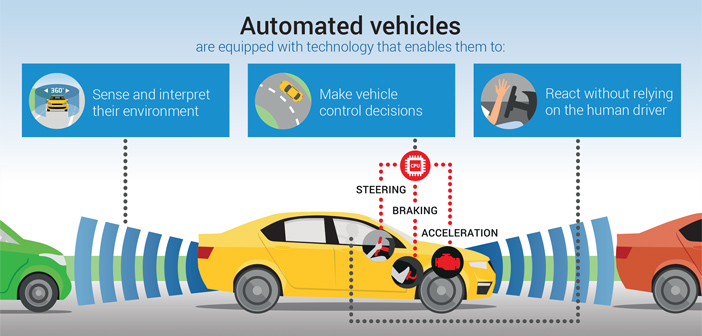As part of its vision to make road transportation smarter and more convenient, the European Automobile Manufacturers’ Association (ACEA) has drawn up a checklist of rules and regulations that it believes need to be put in place to make automated driving a reality in the EU.
“Automated driving is a paradigm shift that will change how we travel and transport goods in Europe,” said ACEA director general Eric-Mark Huitema. “It is totally reshaping the future of mobility. It holds great potential to improve road safety, enhance social inclusion by making transport more accessible, ease traffic congestion and reduce emissions – not to mention to give drivers more freedom and comfort.”
With the new European Commission and Parliament now ready for their term of office, ACEA wants to further engage in a dialog with all stakeholders who have a role to play in the gradual transition to fully autonomous driving.
To mark the launch of this dialog, ACEA has published its Roadmap for the Deployment of Automated Driving in the European Union. This roadmap contains a checklist for policymakers that details the legislative framework that must be put in place at the national, EU and international levels, as well as a timeline outlining the steps toward deployment that must be undertaken over the coming decades.
In addition to setting the right legal framework, policymakers must upgrade Europe’s physical and digital road infrastructure to make it suitable for automated driving. They should also continue to perform large-scale and cross-border testing of automated systems on open roads across the EU, says the ACEA.
“Automated driving will bring massive changes, so it is crucial to ensure that society at large is ready for it,” added Huitema. “We must now work towards raising awareness among citizens – and their elected representatives – of what all this means.”
As a contribution to this goal, the new ACEA publication explains clearly and visually the terminology, benefits and implications of automated driving, as well as the R&D focus areas of this new ecosystem.


